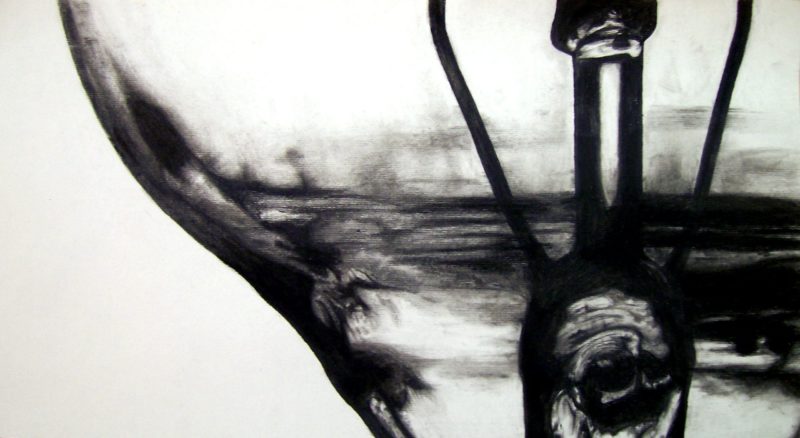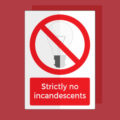Europe banned incandescent light bulbs from being imported in 2009 to decrease the public’s use of incandescent light bulbs and therefore energy consumption.
However, incandescent light bulbs are still being used with loopholes such as an industrial use light bulb which is advertised as a ‘rough service’ light bulb but are still suitable for home use.
Not only that but the filament light bulb is a big interiors trend. People want the warm glow of an incandescent and even prefer to see the actual filament. It makes sense as a filament is a lot more appealing than a set of chips but then again that’s not really noticeable when the light bulb is lit. This trend could be the result of simple nostalgia for a light bulb that has recently been made redundant for its large energy consumption and short lifespan. The trend could have even been through light bulb companies who lose out to the long lifespan of LED light bulbs – it’s no secret that the market for incandescent light bulbs was easier and a lot more lucrative than the LED market.
The trend is so popular that there are even different types of filaments available such as squirrel cage. These filaments are also not affected by the ban as they are created for ‘decorative purpose‘.
To combat this interior trend, some companies are trying to produce LED versions of these retro light bulbs though the difference is quite noticeable. This means that for now incandescent light bulbs are more than likely to be around a little while longer but as technology develops and people adapt to change, it might not be too long before LED light bulbs or even OLED light bulbs to become the norm and set some interior trends of their own.




